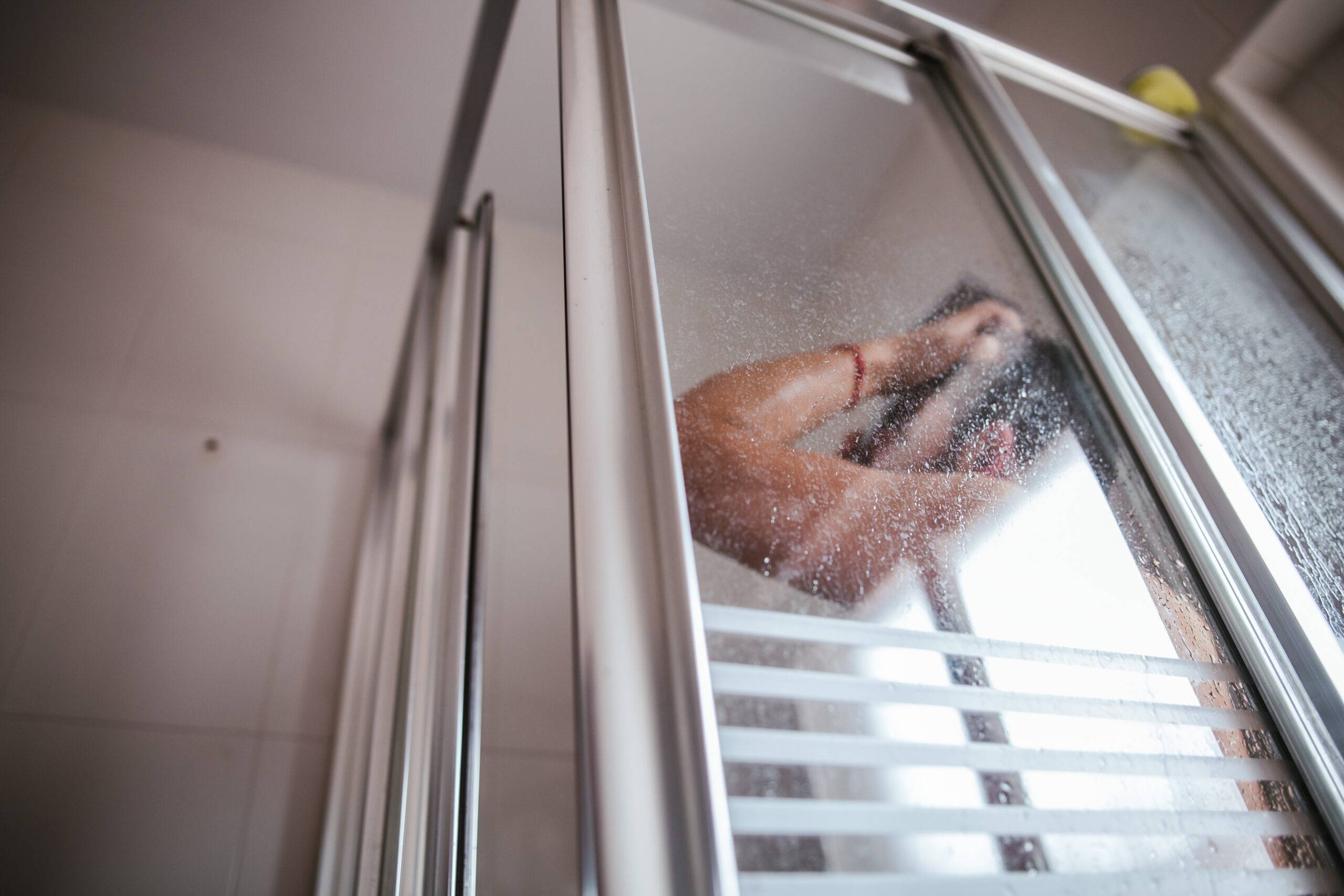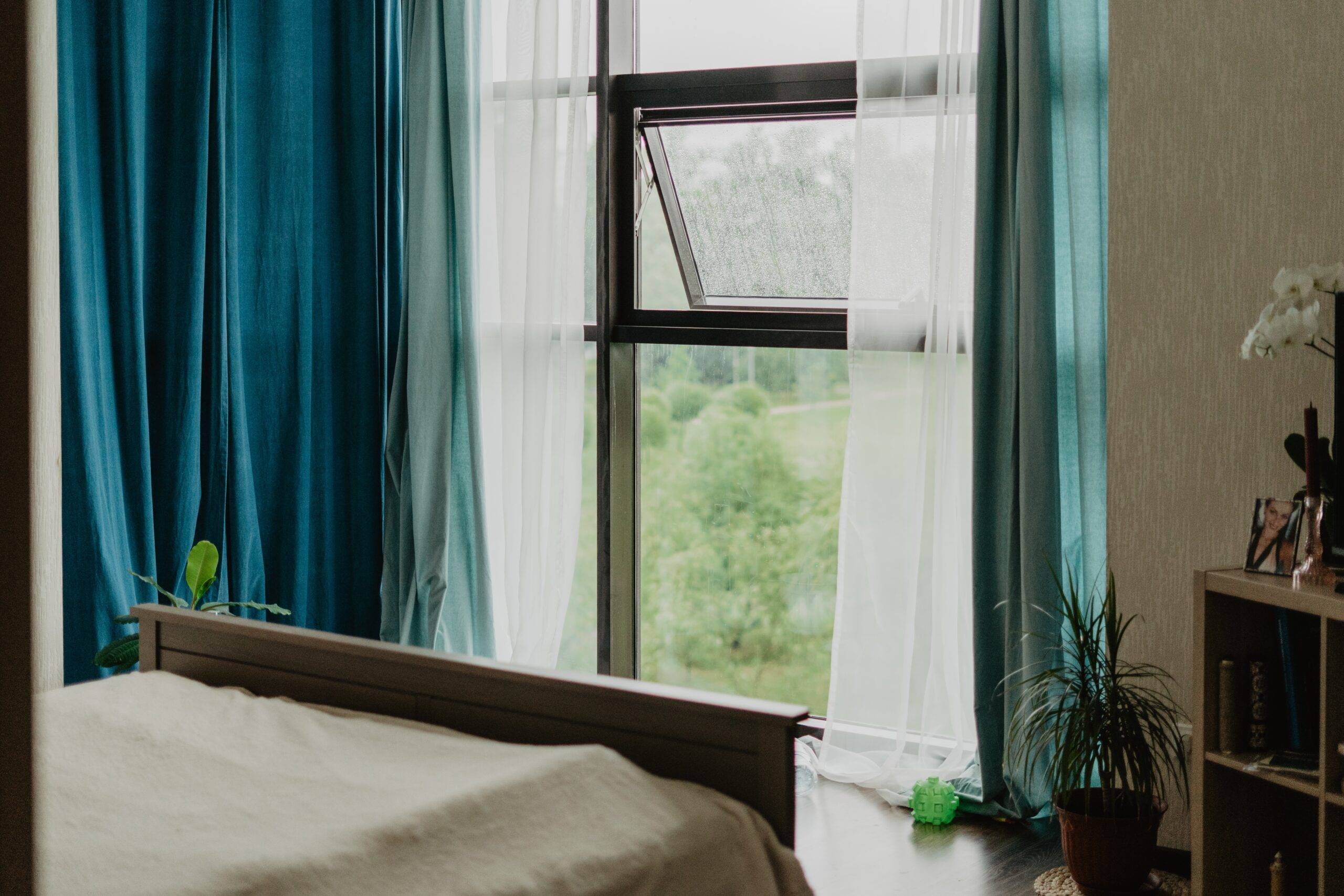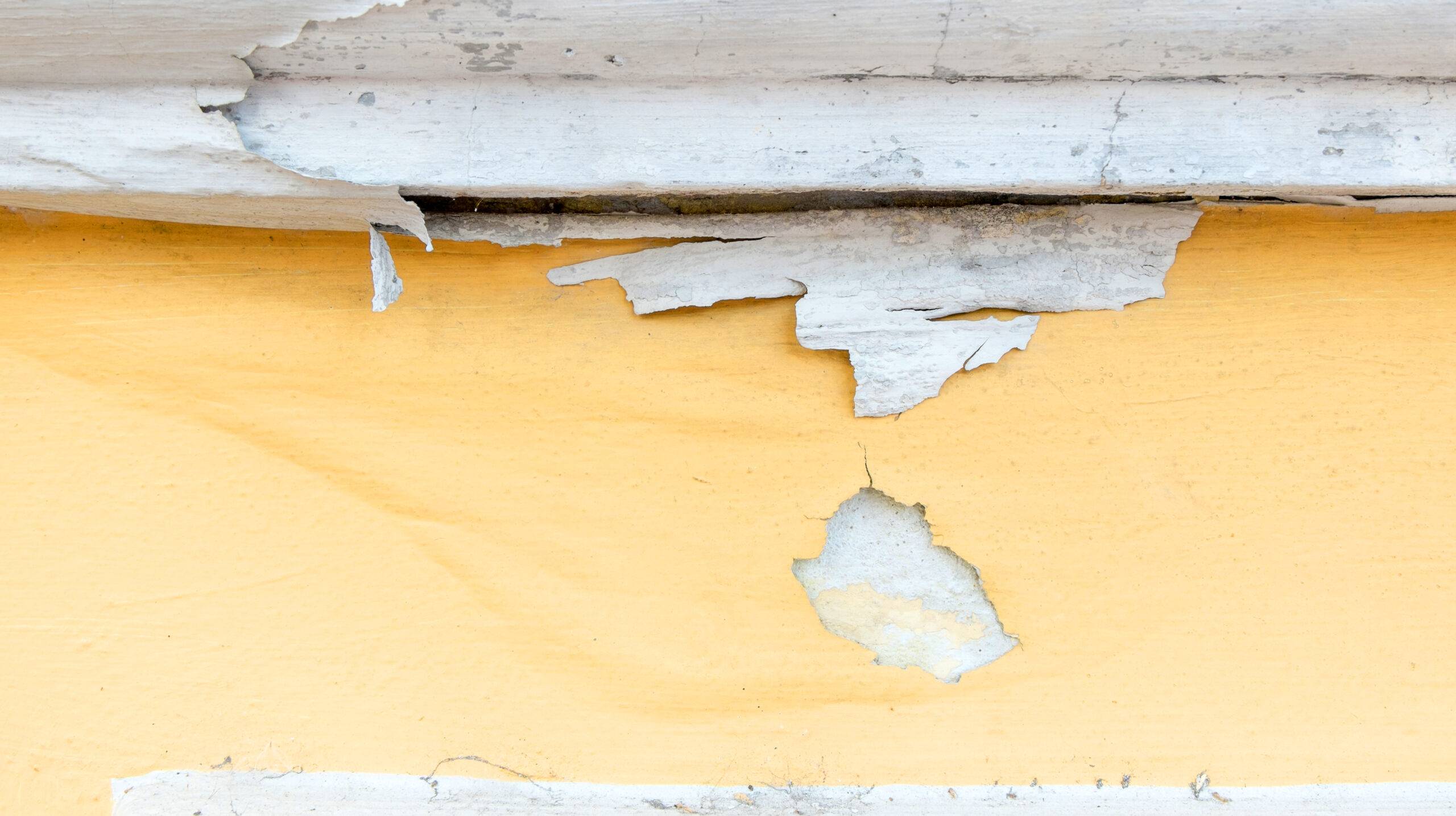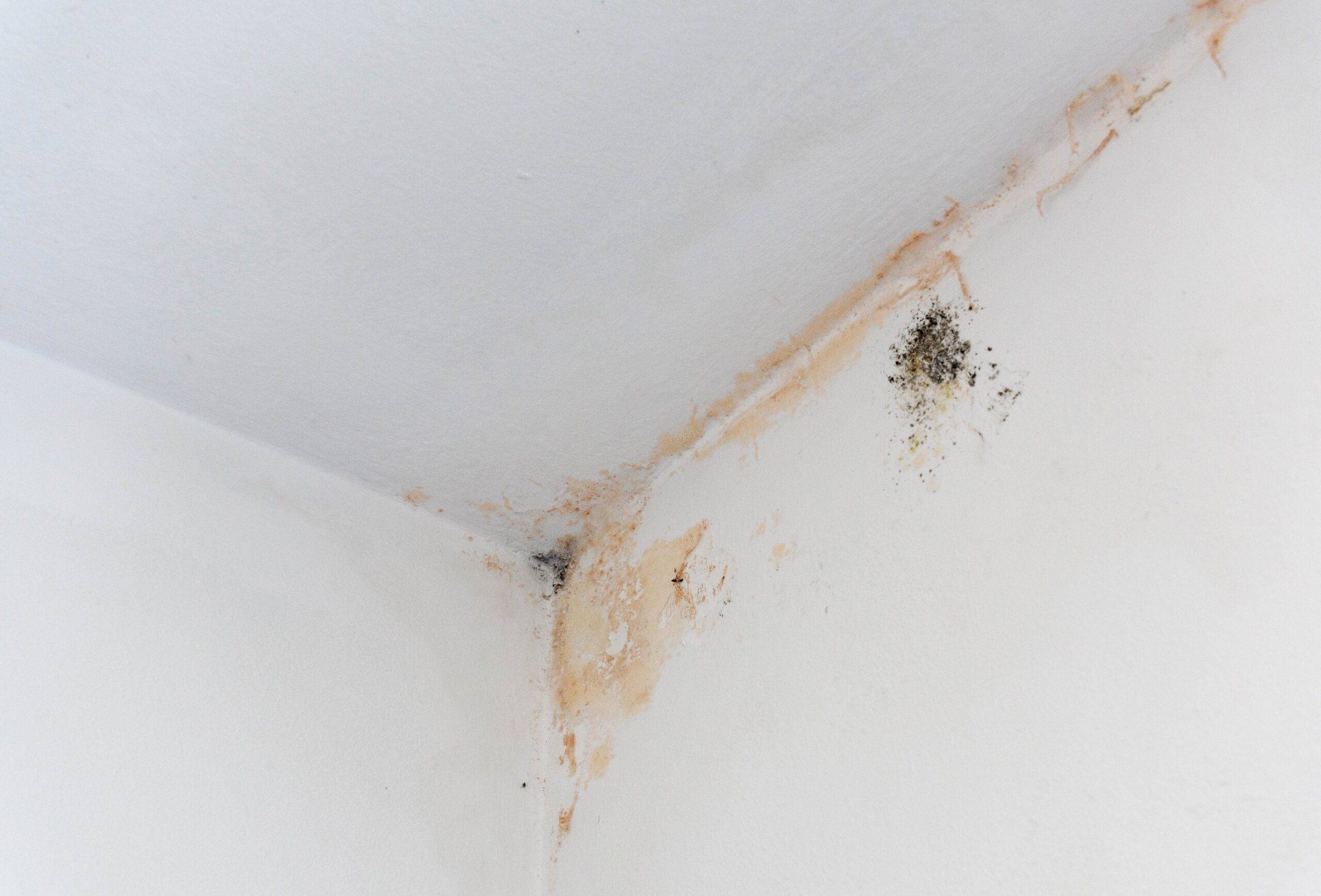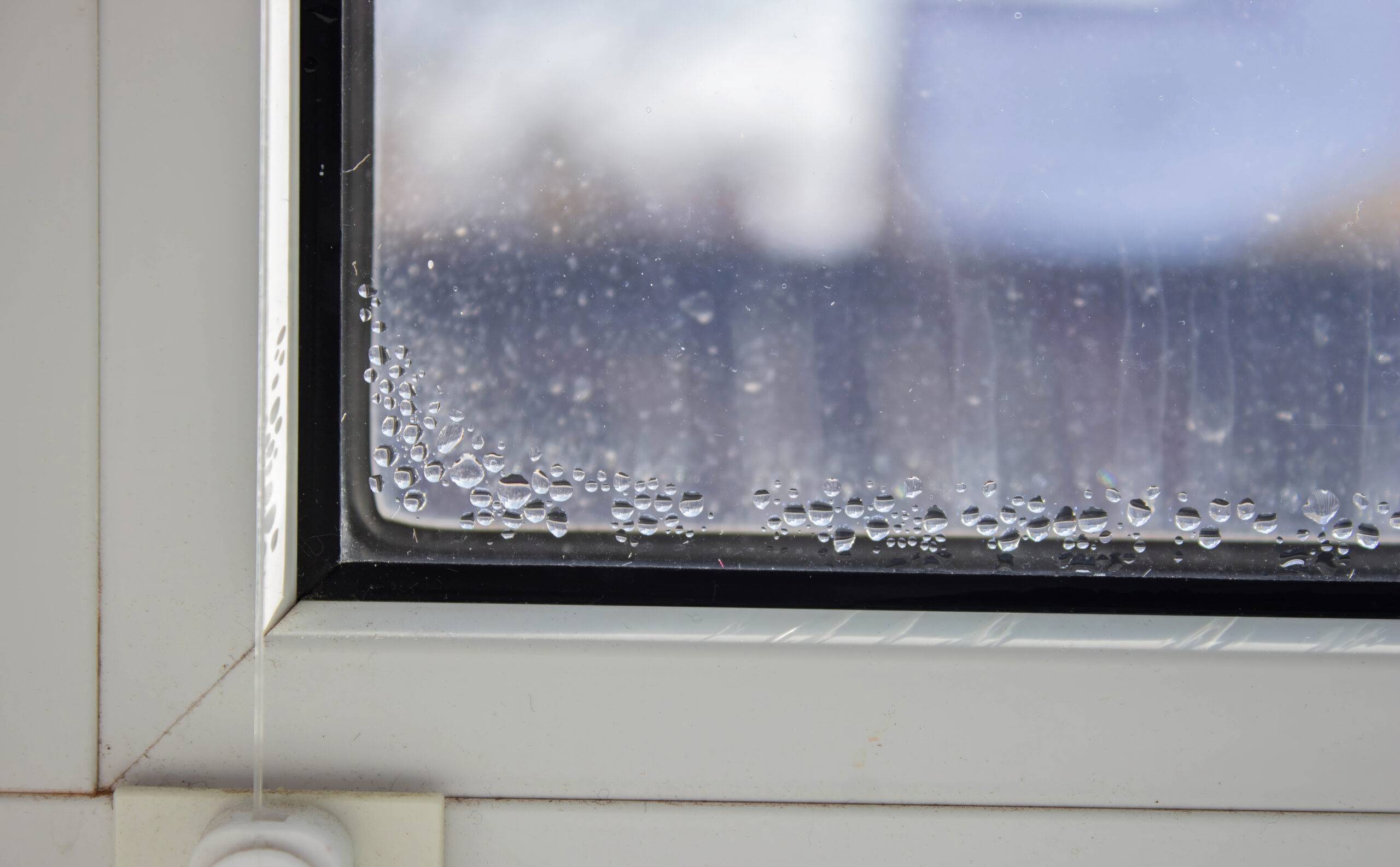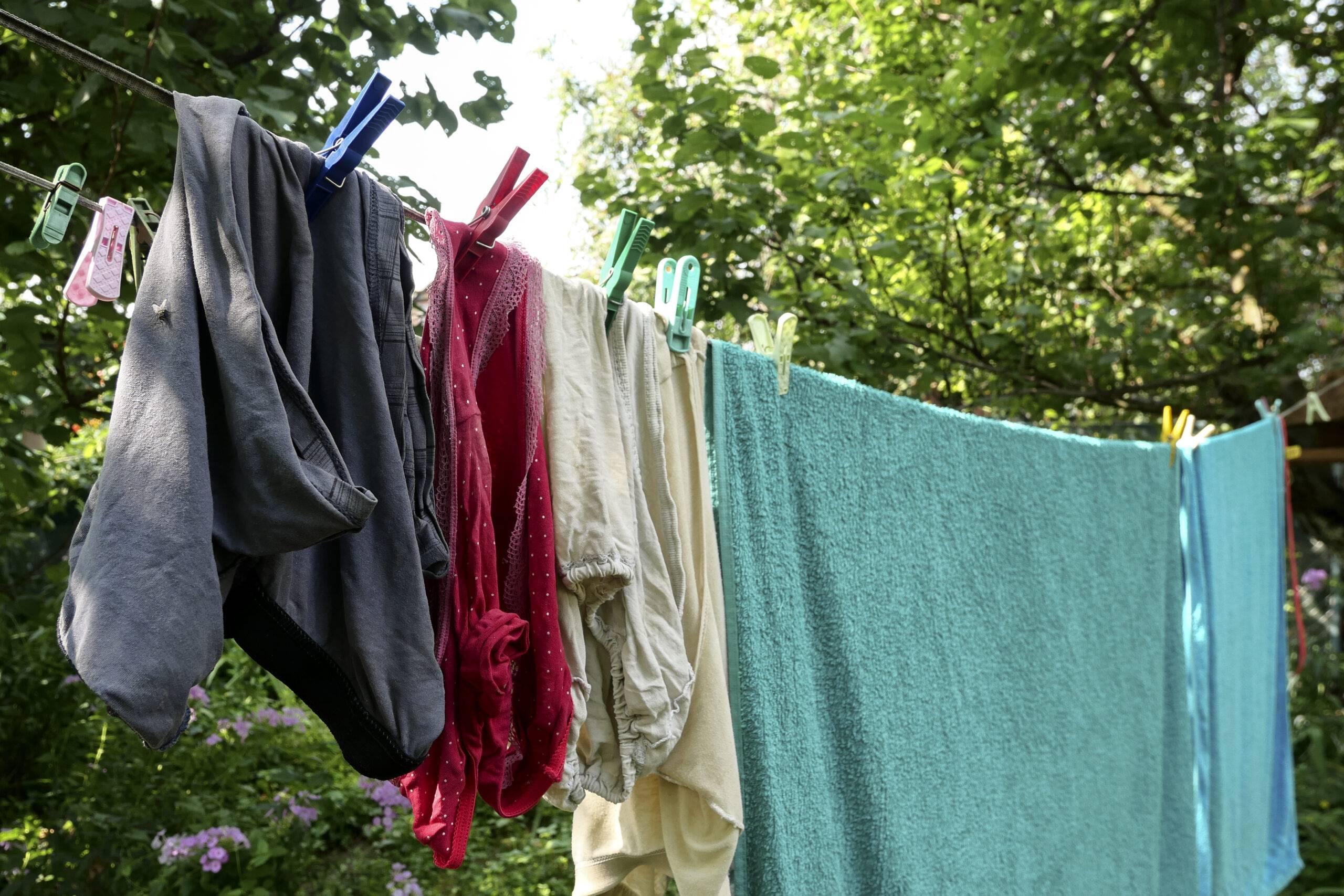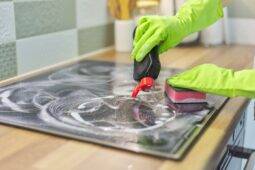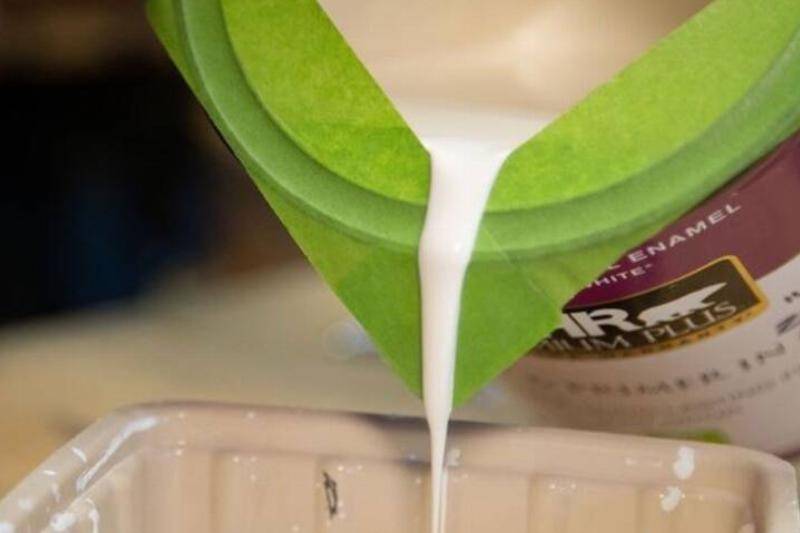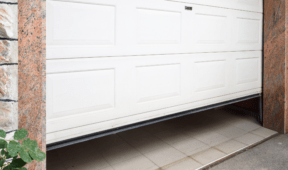Why Your House Is So Humid, The Dangers, And How To Fix It
If your home feels damp, sticky, or harder to keep cool, excess humidity is likely the cause. Humid air doesn’t just affect comfort either, it can damage your house, your belongings, and even your health over time. The trouble is, many people don’t know where the moisture is coming from or how to control it. Here’s a straightforward guide to what’s causing the humidity, what it can do, and what you can do about it.
Everyday Habits
Simple daily routines like cooking, showering, or drying clothes indoors can raise moisture levels quickly. Without enough airflow, this moisture has nowhere to go and lingers in the air. Bathrooms and kitchens without proper ventilation are especially prone to this. Even something like overwatering houseplants or keeping windows shut too long can slowly increase the humidity indoors without you noticing.
Poor Ventilation
If humid air can’t escape and dry air can’t get in, your home turns into a moisture trap. Older homes or houses sealed tightly for energy efficiency often lack the fresh airflow needed to stay balanced. This allows damp air to sit in walls, ceilings, and floors. Over time, that air seeps into everything and creates the perfect environment for mold and mildew to grow.
How Humidity Damages Your Home
Too much moisture in the air can damage wood floors, furniture, and trim. It can make paint bubble and peel, warp cabinets, and even weaken drywall. You might also notice windows fogging up, soft spots in your walls, or a musty smell in the air. Over time, that damage adds up and can lead to expensive repairs, and if mold starts growing, the cost and effort to fix it will be much greater.
How It Affects Your Health
A humid house doesn’t just harm your home, it can also affect how you feel. As mentioned, high humidity encourages mold, dust mites, and bacteria to grow. These can worsen allergies and trigger breathing issues, especially in people with asthma or other sensitivities. You might notice your skin feeling sticky, trouble sleeping, or even fatigue. Long-term exposure to high indoor moisture isn’t something to ignore.
Fixing the Problem at the Source
The key is to figure out where the moisture is coming from. Check for plumbing leaks, clogged gutters, window drafts, or a particularly damp basement. Make sure your dryer vents outside and that your bathroom fan works properly. Dehumidifiers can help, but they’re not a long-term solution unless the source is fixed. Look for ways to increase airflow and seal up places where moisture enters, not just where it lingers.
Simple Solutions
Open windows when weather allows. Use exhaust fans every time you cook or bathe. Add a dehumidifier in the basement or high-humidity areas. Run your air conditioner regularly in the summer, as it helps remove moisture from the air. If your crawlspace or attic has poor insulation or signs of water, seal it properly. Even small changes like drying clothes outside can lower indoor humidity.
Related Articles
- Simple Ways to Increase Humidity in a Dry Home
- Should You Leave Your Garage Door Slightly Open During The Summer?
- This DIY Hack Will Keep Your Windows Condensation-Free
Living in a humid home doesn’t have to be your new normal. Once you understand what’s causing it and what to look for, you can take practical steps to control it. With the right habits and fixes, your home can stay dry, comfortable, and healthier all year round.

